


Rhapsody is my idea of a modular amateur radio transceiver. Imagine a combination of modern SDR architecture with the expandability of a personal computer and the construction style of old HF radios. The project will consist of a motherboard with slots for modules. The minimum for a functional device will be a Zero-IF board and a DSP board. Further modules can add band-pass filters, intermediate frequency, upconverters for higher bands, and downconverters. Since the project will be open source, you or other members of the community can create custom modules or replace the old ones with new versions without changing the whole transceiver. Don't expect the cheapest solution; multiple PCBs will certainly add to the cost of the whole device, but the flexibility and upgradability might be worth it. What is more, such an approach is friendly for experimenters and the environment.
So far, I have created and tested the prototype of the Zero-IF board and obtained good results. I have successfully demodulated and modulated the SSB signal across the whole HF spectrum using Zero-IF board and STM32F407 microcontroller with a 24-bit ADC and DAC. This board uses a Tayloe mixer in both receive and transmit configurations. In receive mode, the input is a 50 Ohm terminated RF port that can be hooked up to an antenna or other RF frontend stage (or IF output), and the output signal is a 3.5mm jack with I and Q signals. The I and Q signals represent the IQ modulation that is fed to the ADC. Then, the microcontroller processes the IQ according to the phasing method so that LSB or USB audio is extracted and then passed to DAC. The reverse of the process is implemented for the transmitter chain.
Below, I present some results of opposite sideband suppression that you can expect from this board and DSP setup alone with nothing else. I am now working on designing the DSP board and the motherboard to ease the development since handling separate ADC/DAC, MCU, and Zero-IF board on the bench is quite problematic.
Figures above present the general block diagram of the transmit and receive path. Because bulk od the signal processing is realized in digital domain it is easy to redirect the path and to perform different algorithms on the data. Current version utilizes CMSIS-DSP library on STM32F407 microcontroller. The data from ADC and to DAC is transfered over I2S interface. I am considering switching to Raspberry PI and using FFT and IFFT instead of the FIR/IIR filter to create a selectrive SSB audio filter.
Ideally the I and Q signals would have identical amplitudes and exact 90 degree phase difference. In reality because of components imperfections some IQ balance is always present, this limits the carrier and opposite sideband suppression. First I have measured the transmitter using the spectrum analyzer with VFO set to different frequencies.
This project is still in development but if you are interested in more details I include a presentation about this project that I have prepared at my university.
Tip: you can press down arrow in the upper right corner of the embedded documment in order to download it.